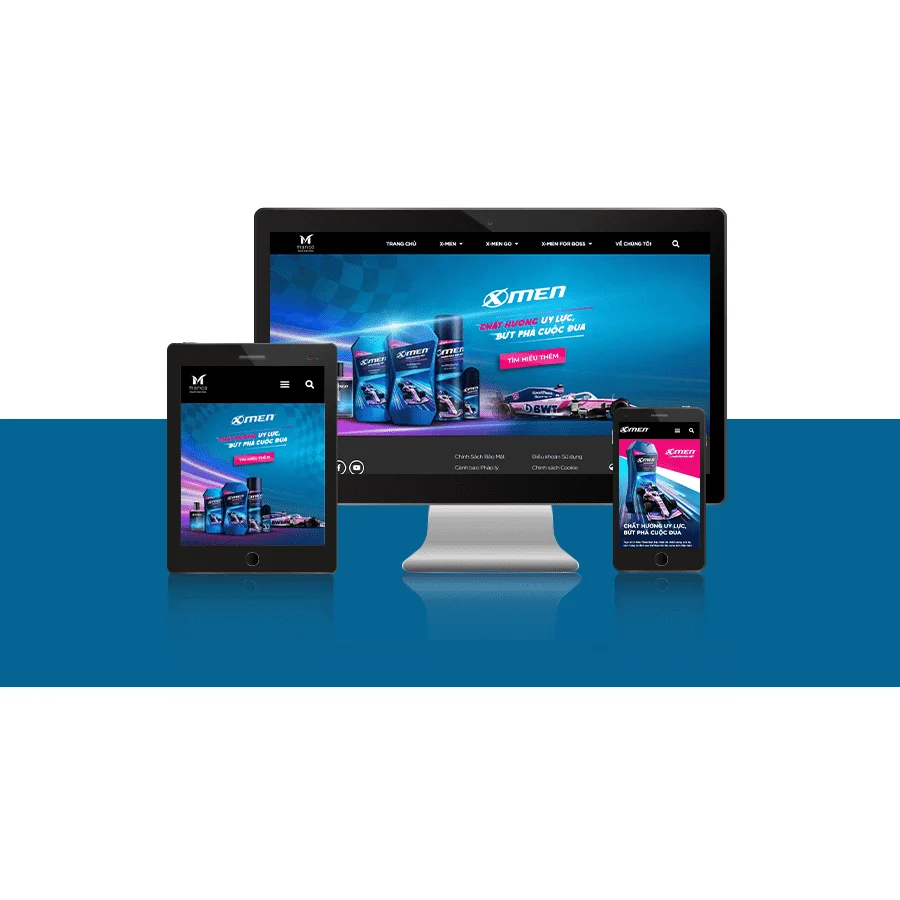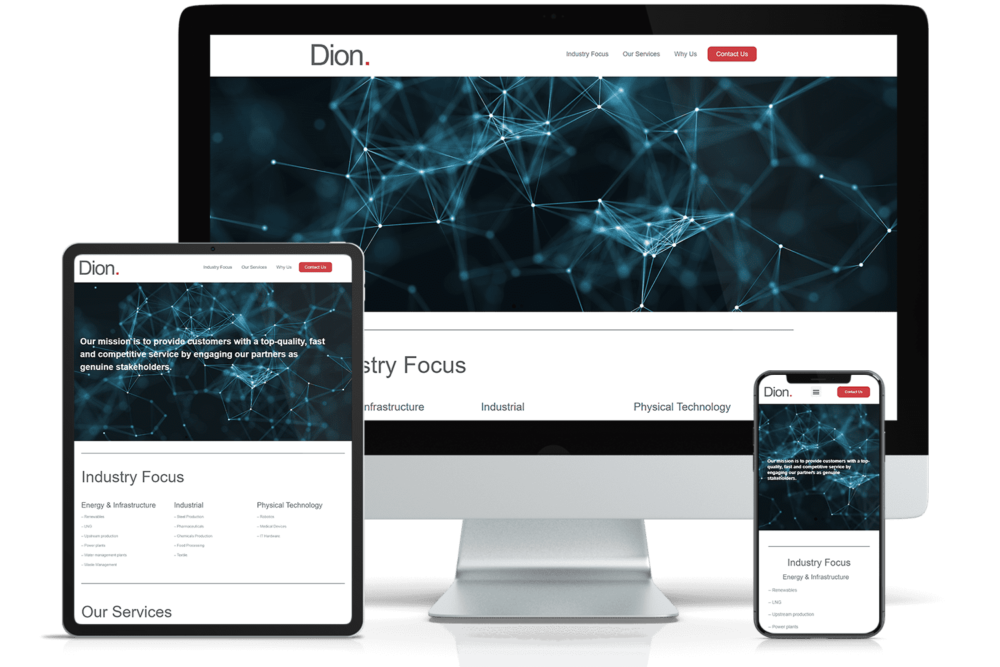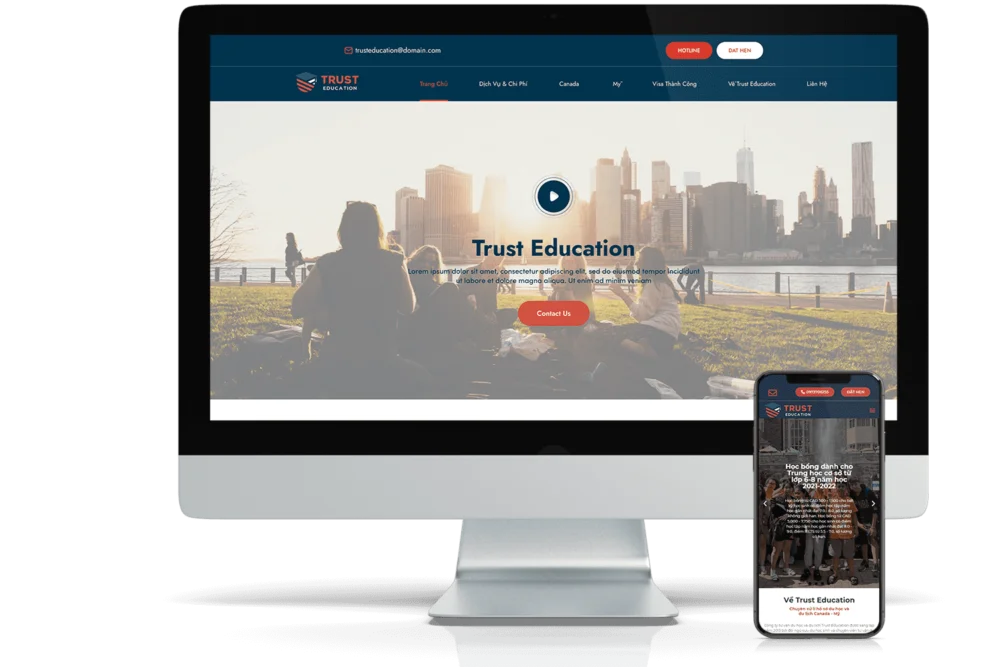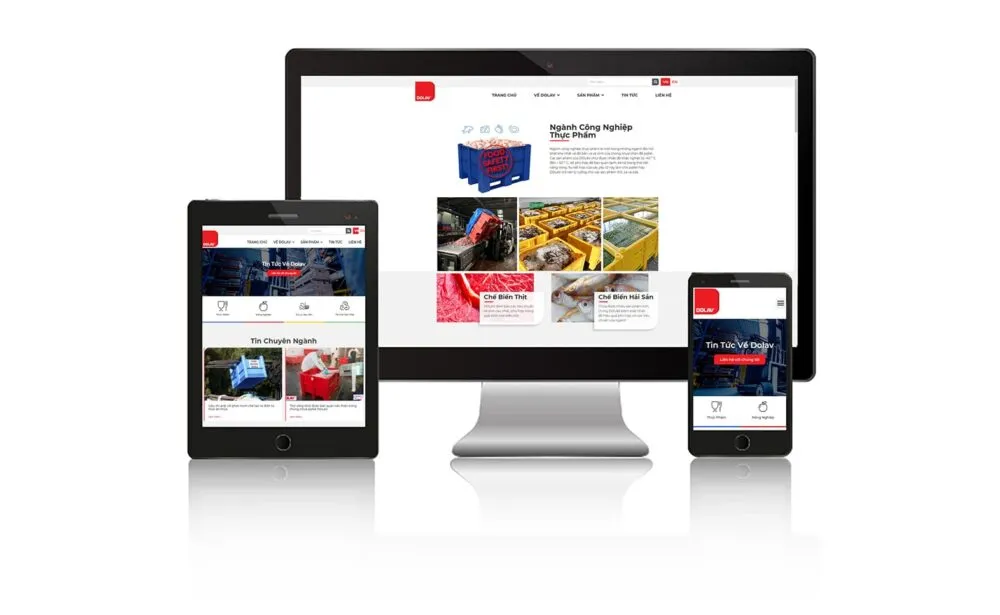A solid and growing business when well managing its own brand equity. So what is brand equity? What value does it have for businesses? Read the following article to get more knowledge.
What is brand equity?
Brand equity is the financial and non-financial value built on and associated with a brand. It includes factors such as brand awareness, customer connection, the value of products and services that contribute to the brand, and the physical assets of the business.

The higher the brand equity value of a brand, the greater its ability to attract customers, increase sales and increase prices. Developing brand equity is a long-term process and requires continuous care and investment over time to increase brand value.
Factors that form brand equity
1. Brand awareness
It is the customer's ability to recognize and perceive a brand, including the brand name, logo, advertising, products, services and other characteristics of that brand. This is an important indicator in marketing, it needs to be enhanced to build a strong brand and gain trust and purchases from customers.
2. Brand association
Customer engagement is the process of creating a relationship between a business and its customers through interactive activities such as advertising, customer service, customer feedback, branding and marketing strategies. The purpose of connecting with customers is to increase the rate of satisfied and loyal customers, create sharing and spread of good information to others and maximize the value of each customer to the business. .
3. Brand positioning:
Is the process of identifying and orienting the unique and valuable elements of the brand in the eyes of customers compared to other competitors, helping businesses develop a distinct and unique brand image in the market. school. It has an important meaning in marketing, to enhance brand recognition, create customer honesty and loyalty, maximize the value of the brand in the minds of customers and help guide business marketing activities. Karma.
4. Product value (Product value):
Specifications represent the benefits that the product brings to the user or customer, including features, functions, appearance, quality and convenience etc. It is an important element in marketing because Help customers understand the true value of the product and make purchasing decisions based on the benefits the product can bring them.
All of the above factors add to the brand equity of a brand, making it more popular and valuable in the eyes of customers and in a competitive market.
You may be interested in: Brand identity design
Measuring brand value through models
There are many different brand equity models used by marketing professionals. Some popular models include:
1. Aaker model:
The model helps identify important factors that create value for the brand, thereby helping to strengthen brand positioning and improve marketing strategies. It is considered a useful tool for businesses and brand managers in creating and developing brands.
2. Interbrand model:
This model focuses on the financial value of the brand, including revenue and profit. The model was developed by Interbrand - a leading consulting firm on world brands. This model estimates the value of a brand's intangible assets by analyzing many factors such as brand influence, future growth potential, and intangible asset valuation.
3. Keller model:
The development model is based on real customer value, also known as the Customer-Based Brand Equity (CBBE) Model. The model helps businesses and brand managers understand the customer's perceived value of the brand, helping to improve brand positioning, enhance customer loyalty and build a strong brand on the market. market.
All of these models help businesses measure the value of their brands and identify important factors to develop and protect brand assets.
The relationship between media and brand equity
Communication is one of the important factors in the process of building and developing brand equity. Communication will help the brand be promoted and impress customers and the community, while also helping to increase brand recognition and association with customers.
Effective communication strategies will help businesses' brand assets increase brand value. These strategies may include:
- Create a uniform, impressive and highly identifiable brand image.
- Analyze the target audience and choose the right communication channels to reach customers.
- Share information, events, and business activities on media to create motivation and attract customer attention.
- Use reputable characters, influencers, and communities to reflect and protect the brand's reputation.
In short, communication will help enhance brand equity value and contribute to business success.
Ending
Successful businesses often build and manage their brand assets in the best way, helping to effectively increase value and contribute to business development. It can be seen that successful businesses have good strategies for building and managing their brand equity.
They create good products and services, create a consistent and impressive brand image, and share their information and activities in the media to attract customer attention. This makes their brand equity highly valuable and capable of attracting customers, increasing sales and increasing prices.
Related information:








